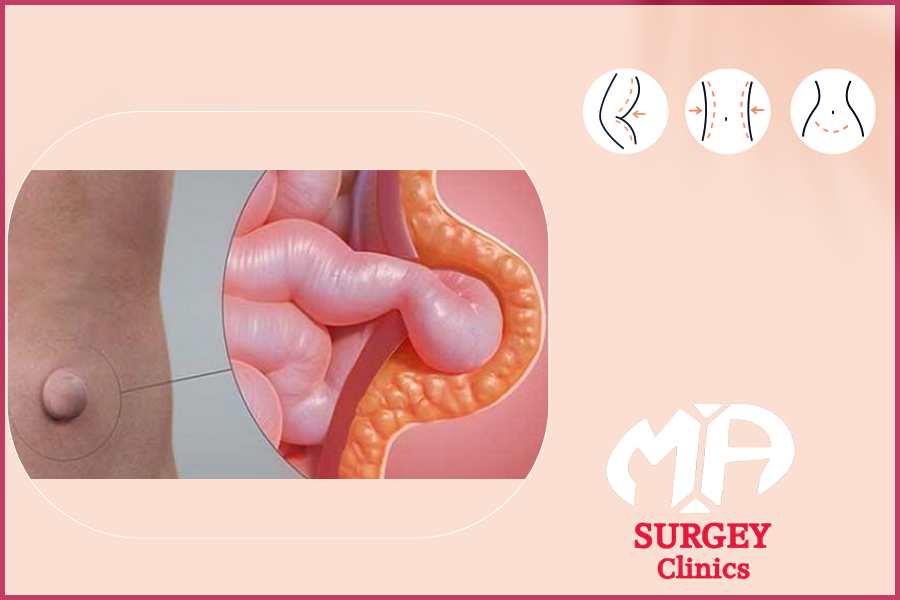Laparoscopic umbilical hernia repair
An umbilical hernia is the protrusion of a portion of the intestine or fat through a weak opening in the abdominal wall near the navel. It can cause pain, bloating, or complications such as bowel intussusception.
🔹 How is laparoscopic repair performed?
✔️ A laparoscopic camera is inserted through small incisions in the abdomen.
✔️ The protruding tissue is returned to its normal position within the abdominal cavity.
✔️ A medical mesh is placed to strengthen the abdominal wall and prevent recurrence of the hernia.
✔️ The mesh is secured with sutures or staples.
🔹 Advantages of laparoscopic surgery:
✔️ Less postoperative pain compared to traditional surgery.
✔️ Faster recovery, as the patient can return to activity within a few days.
✔️ Reduced risk of hernia recurrence due to the use of mesh.
✔️ Small scars instead of large incisions.
🔹 Potential risks:
⚠️ Fluid accumulation or swelling after surgery.
⚠️ Possibility of mesh irritation or infection (very rare).
⚠️ Recurrence of the hernia if the doctor's post-operative instructions are not followed.
💡 This technique is the ideal solution for effectively and safely treating umbilical hernias, especially for large or recurrent cases. 🏥💙


